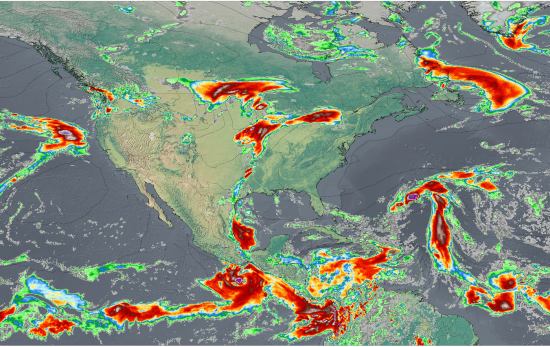Take immediate action with a hail risk assessment
Risk Assessments are the quickest way to see your existing hail exposure and cost-saving opportunities.

Hail data report + opportunity analysis
HailSolve has successfully helped us to restore twelve properties within our portfolio. We completely trust their team and would highly recommend them.



Property Risk Assessment
We compile your property's hail data, roof type, and probability of damage.
Portfolio Risk Assessment
We compile your portfolio's addresses and roof types, note any problematic buildings, and calculate each building's probability of damage.
Enterprise Risk Assessment
We create a portfolio risk assessment and analyze your hail risk management apparatus, designed for enterprise businesses.
A catalyst for effective hail risk management
Know which buildings were hit by what and when
Use HailSolve’s data and expertise to see which properties have potential hail damage and which ones don’t.
Identify cost-saving opportunities
Clients save millions in CapEx costs by avoiding roof purchases that would have been covered due to hail damage.
Strategize at an executive level
We operate at the highest levels of CRE and risk management, minimizing management labor & discussing options in full context.
Take action. Avoid fluff.
It’s your leaders and our leaders discussing what actions to take based on actual storm data.
Understand your hail risk and opportunities
Fill out the form to request a risk assessment for your team.


